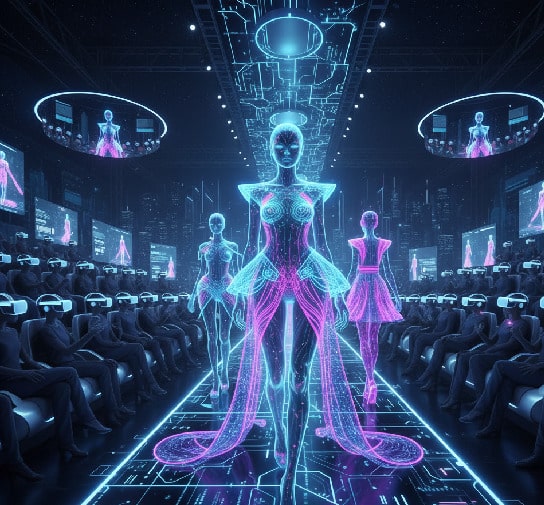In the heart of Jeju, spaces like the Jeju Yeondong room (제주 연동룸) have long been associated with leisure, social connection, and cultural expression. These venues highlight how lifestyle trends shift with times while still keeping community at their core. In a parallel world, the fashion world is gradually embracing digital revolution, with virtual runways and digital fashion redefining how people engage with clothing.
Birth of Virtual Style
Digital fashion is revolutionizing the industry by eliminating the physical constraints of fabric, stitching, and production. Designers now have the freedom to experiment without limits. Instead of being bound by material costs or manufacturing restrictions, creators can design bold, imaginative pieces that exist entirely in virtual spaces.
These digital outfits can be showcased in the metaverse, shared across social media platforms, or integrated into gaming environments, offering users new ways to express themselves. Beyond creativity, this trend also addresses sustainability by reducing textile waste and lowering the environmental footprint of traditional fashion. As virtual clothing and digital couture continue to rise, self-expression and eco-conscious innovation merge in exciting new ways.
Jeju Yeondong Room takes Lead in Adapting Changing Times
Just as local venues evolve to match the changing preferences of their visitors, the fashion world is adapting to the needs of a digital-first generation. Virtual runways are beginning to replace traditional fashion shows, allowing global audiences to experience new collections without geographical boundaries.
This transformation democratizes fashion by making high-end showcases accessible to anyone with an internet connection, while also reducing the environmental impact caused by international travel, physical staging, and mass production. As digital fashion events and virtual runways gain traction, the industry is redefining accessibility, sustainability, and inclusivity for a new era of style.
Contribution of Technology in Fashion’s Future
Blockchain technology is transforming digital fashion by ensuring the authenticity and ownership of virtual garments, protecting designers and buyers alike. Each piece can be minted as a unique NFT, giving it verifiable value and preventing counterfeits in the digital marketplace.
At the same time, augmented reality (AR) apps are enhancing user experiences. People can “try on” clothes virtually before making a purchase. This combination of blockchain and AR highlights how fashion and technology are connected to create a more immersive, secure, and innovative marketplace.
As digital wearables, NFTs, and AR try-ons continue to expand, the future of fashion is becoming an exciting blend of creativity, personalization, and cutting-edge tech.
Cultural Impact of Digital Clothing

Digital fashion is evolving beyond garments, becoming a powerful tool for shaping identity in online spaces. From customizable avatars in gaming platforms to professional attire in virtual work environments. It is safe to say that clothing now extends far beyond physical presence.
This shift reflects how culture adapts when offered new platforms for creativity and self-expression. Just as fashion in the physical world tells a story about personality, status, or mood, digital clothing and virtual wearables serve as a canvas for storytelling in the metaverse. In this way, fashion continues to embody individuality and culture. Only difference today is, the runway exists in a fully digital realm.